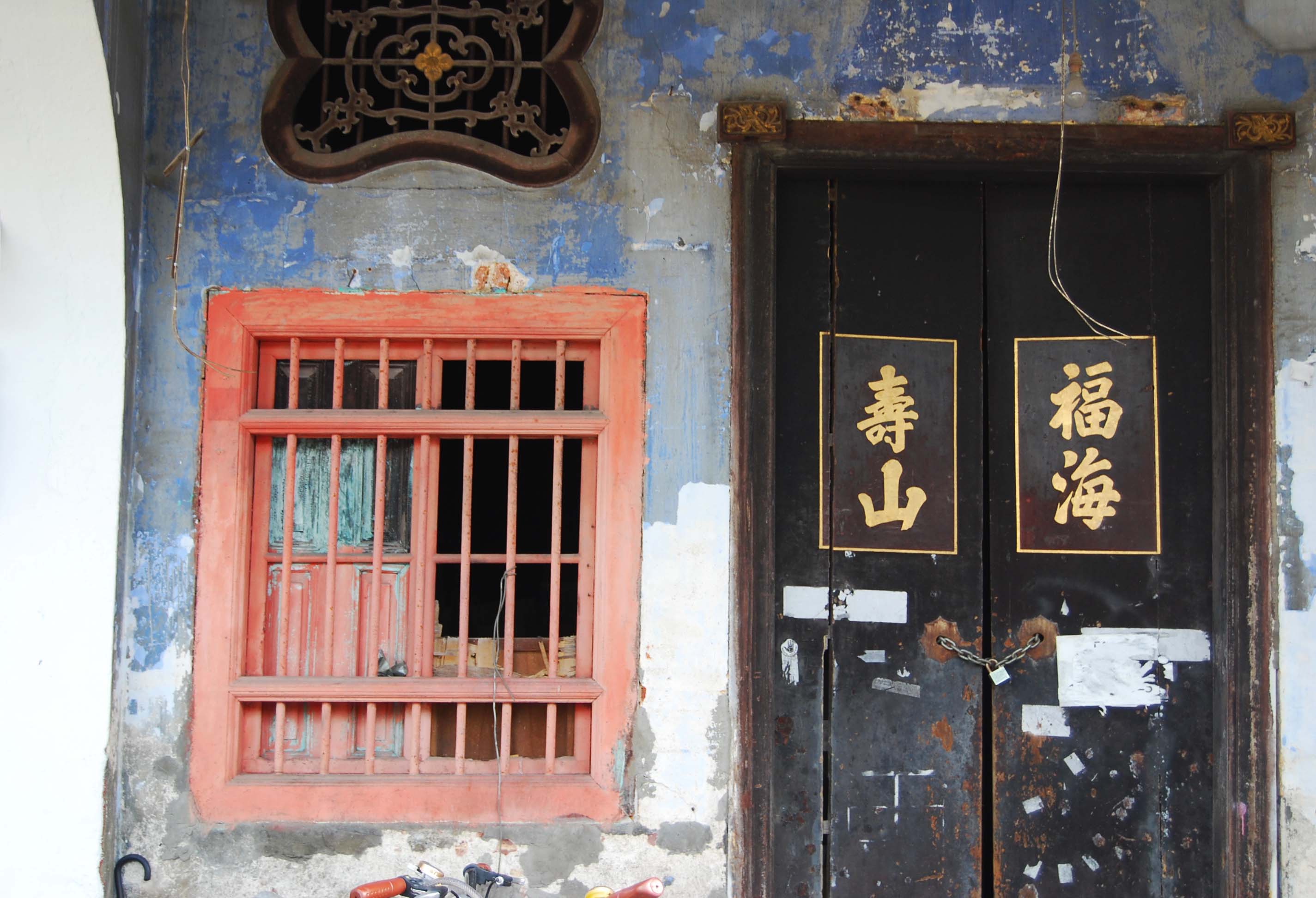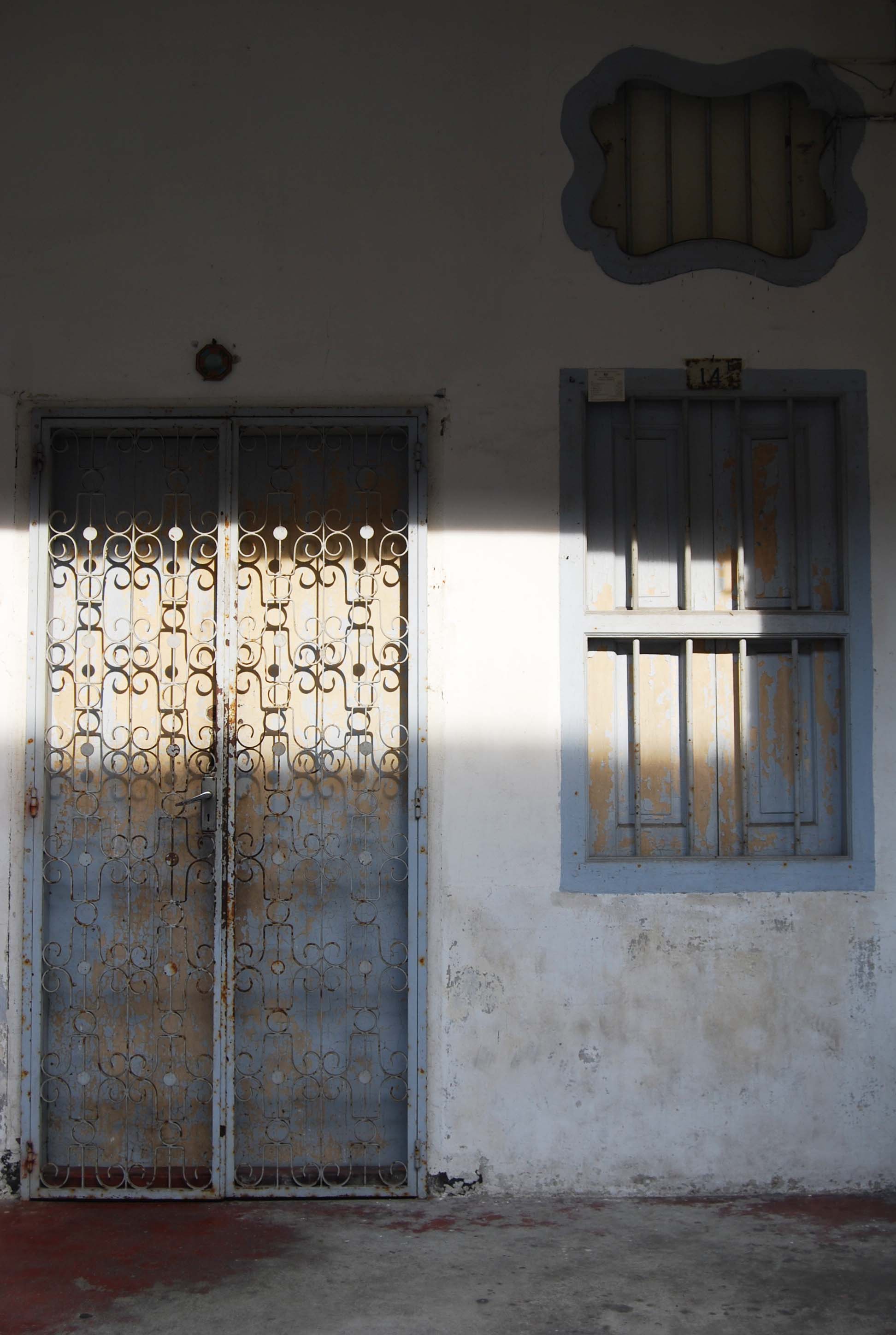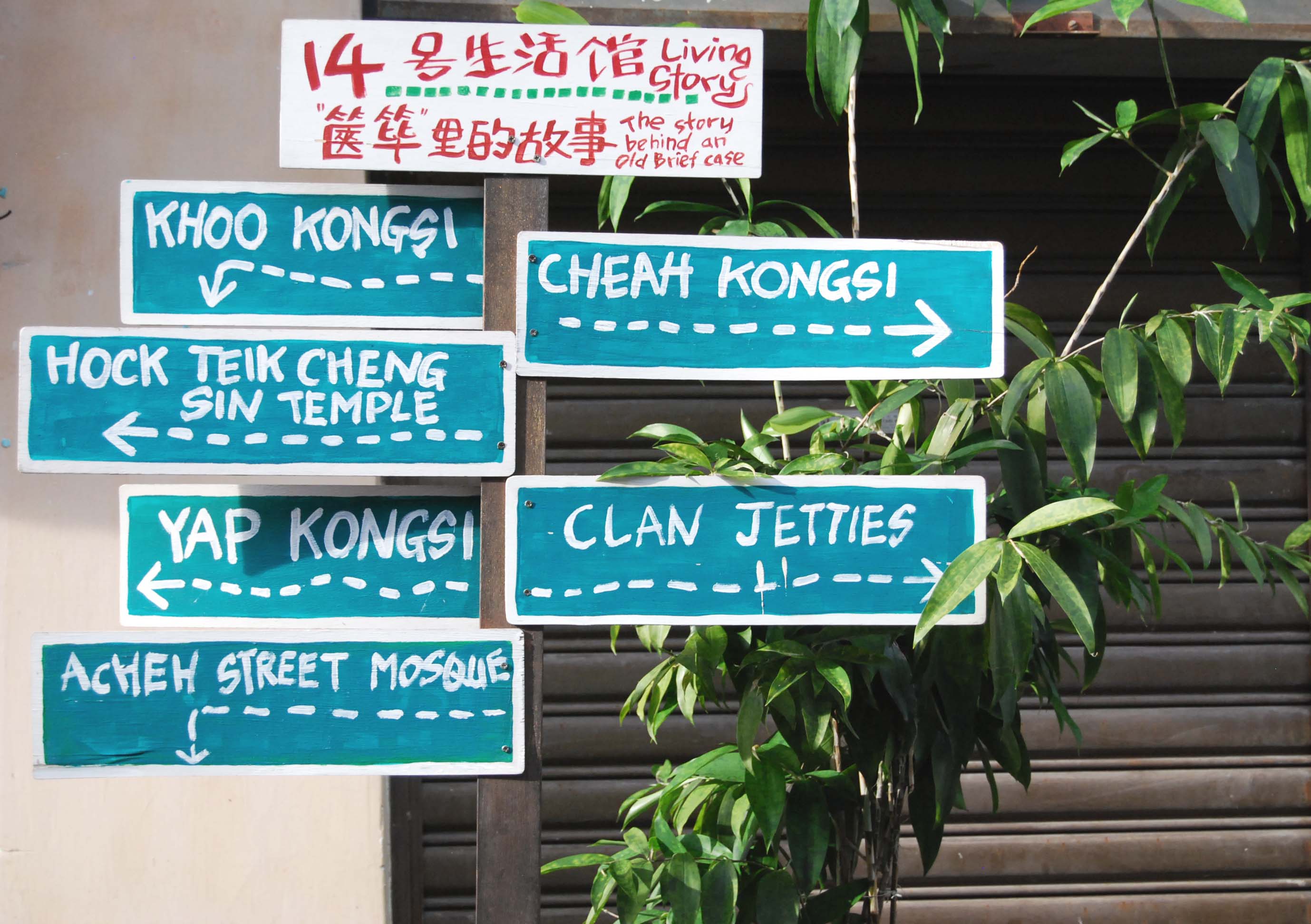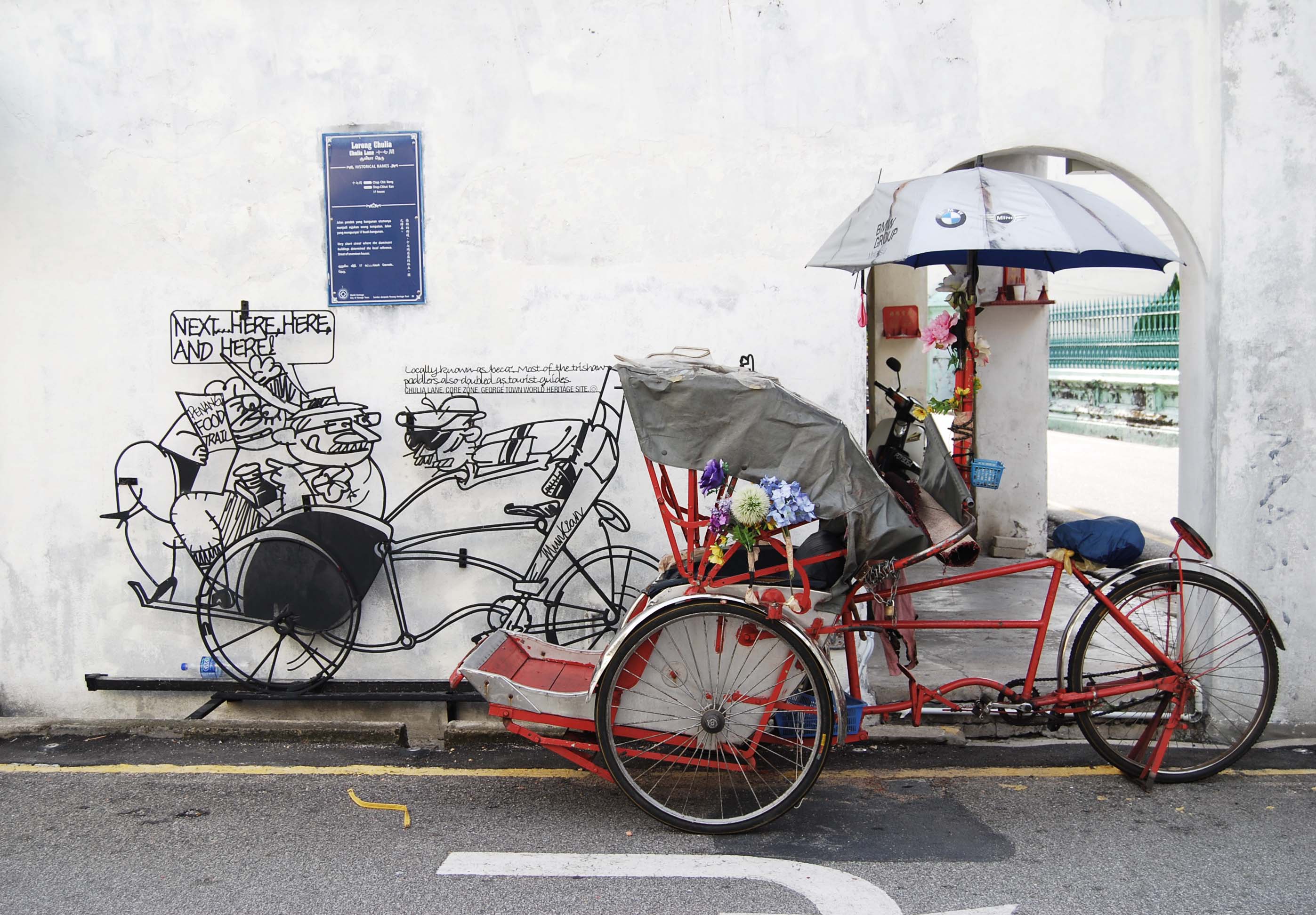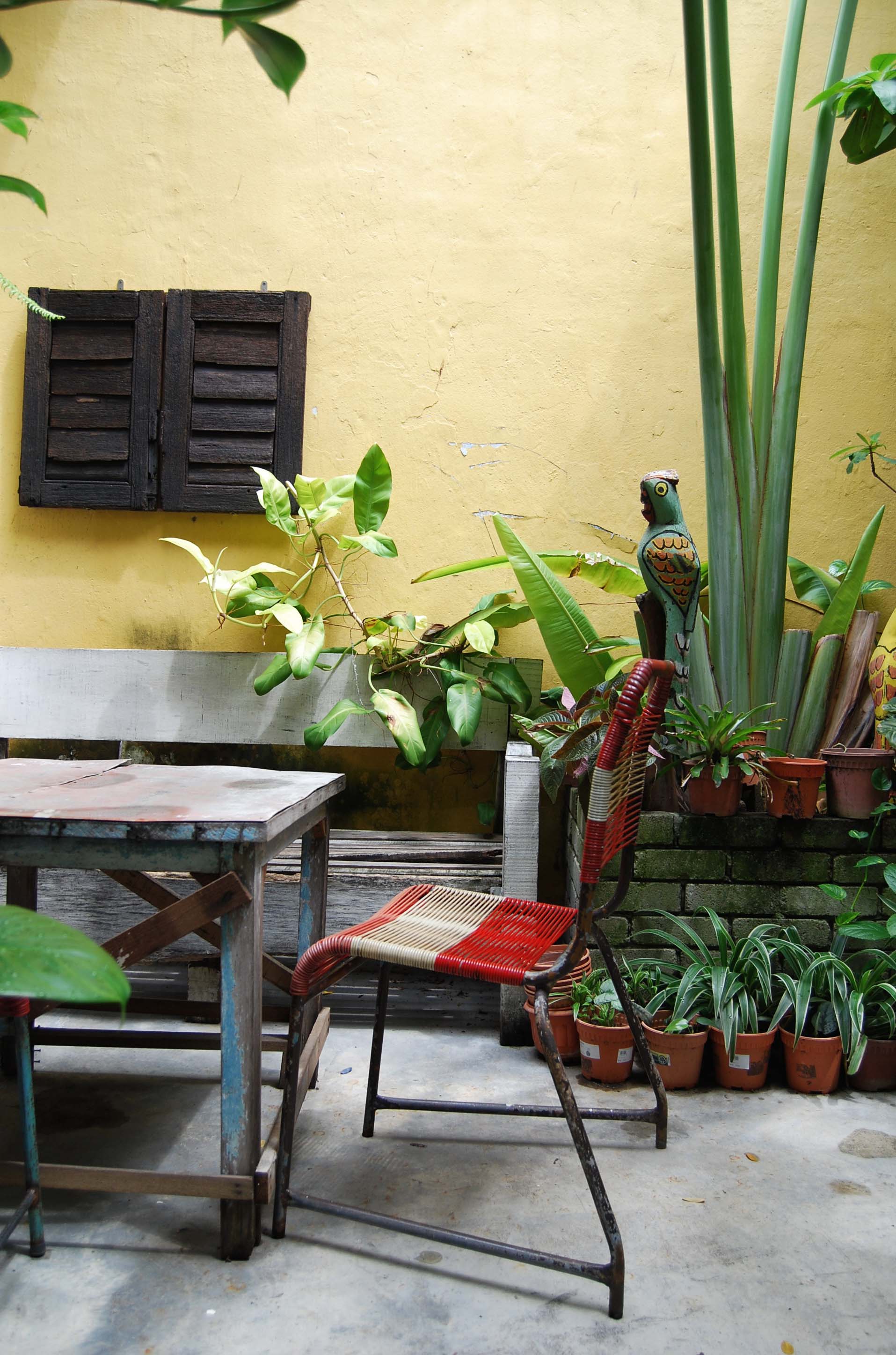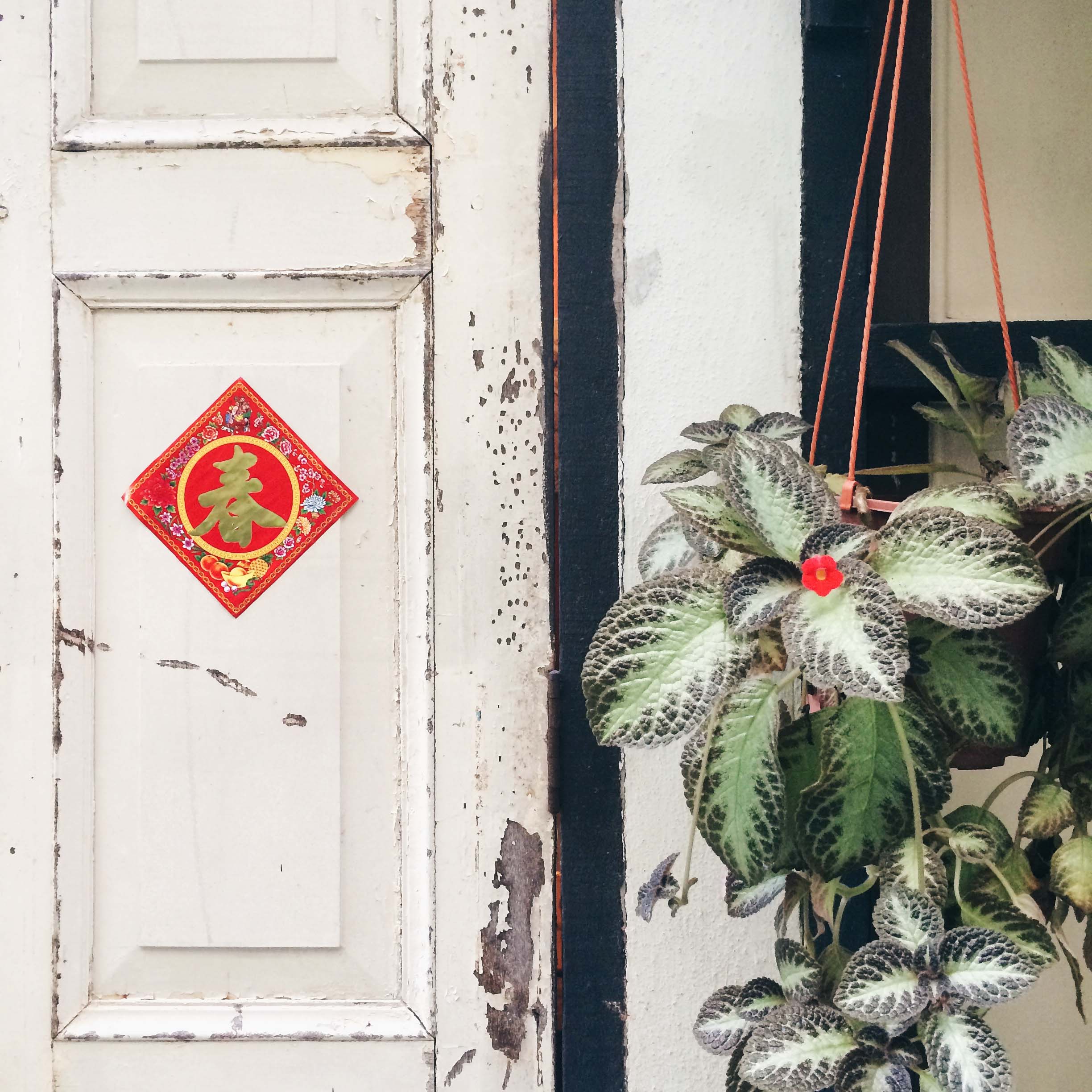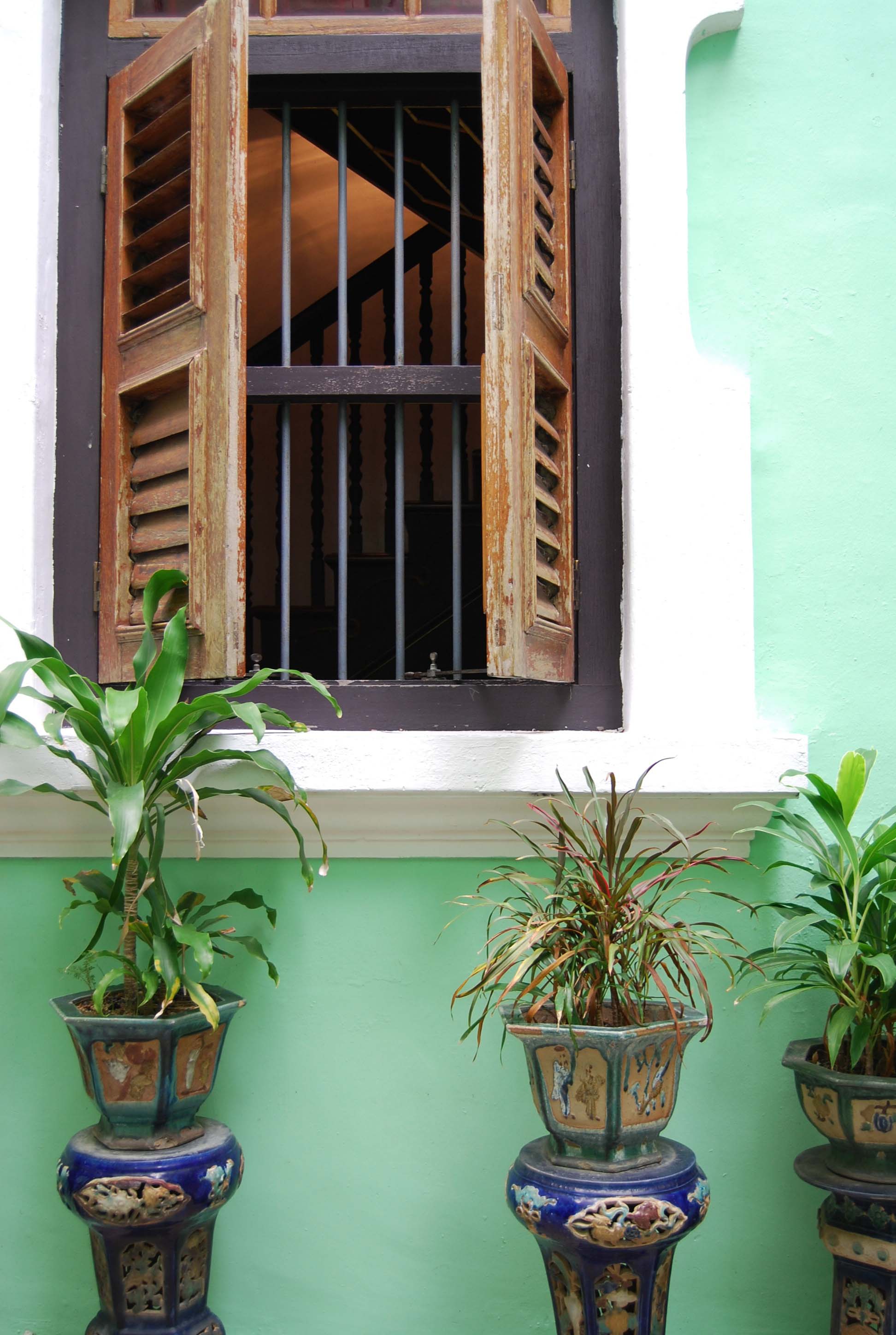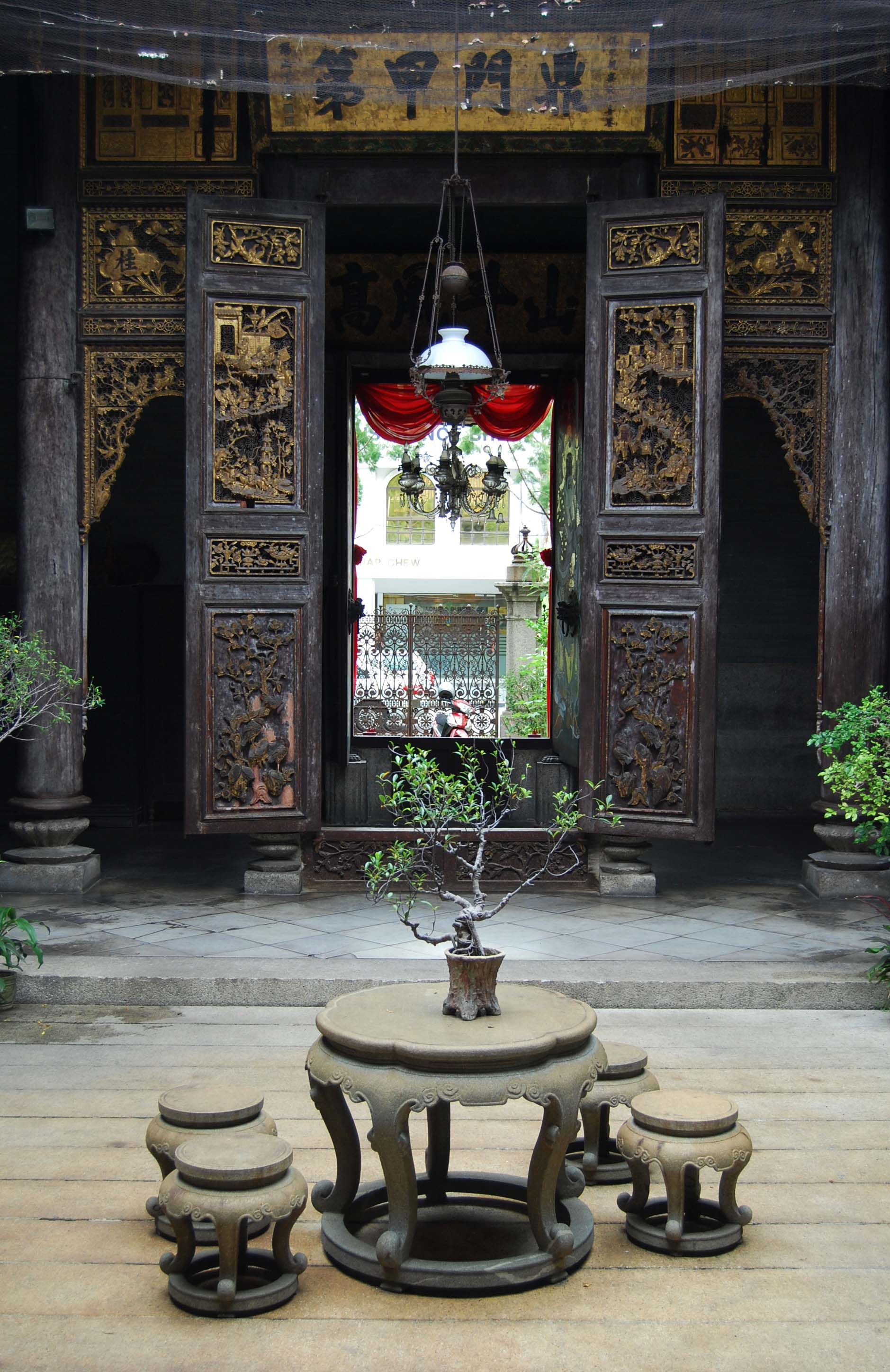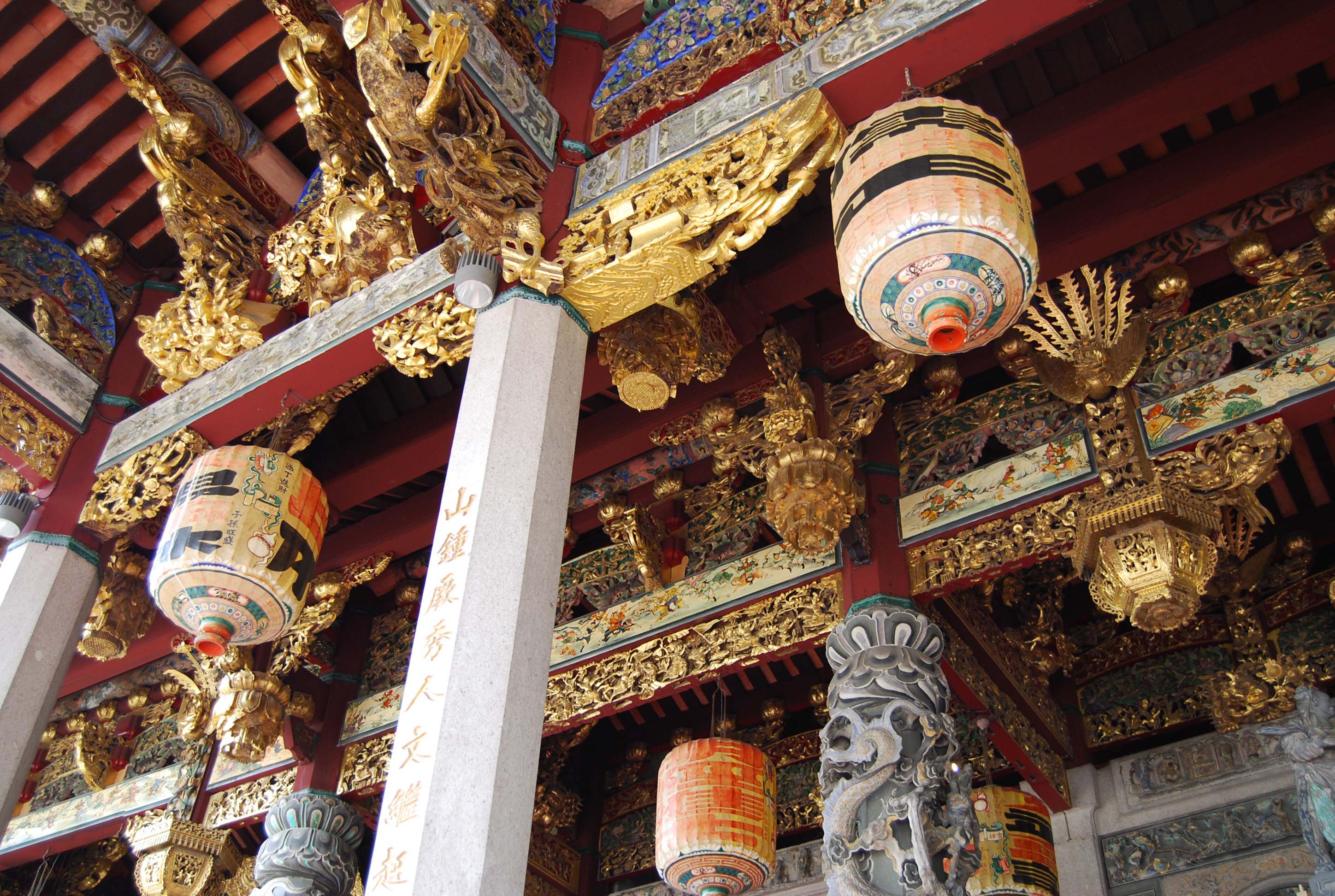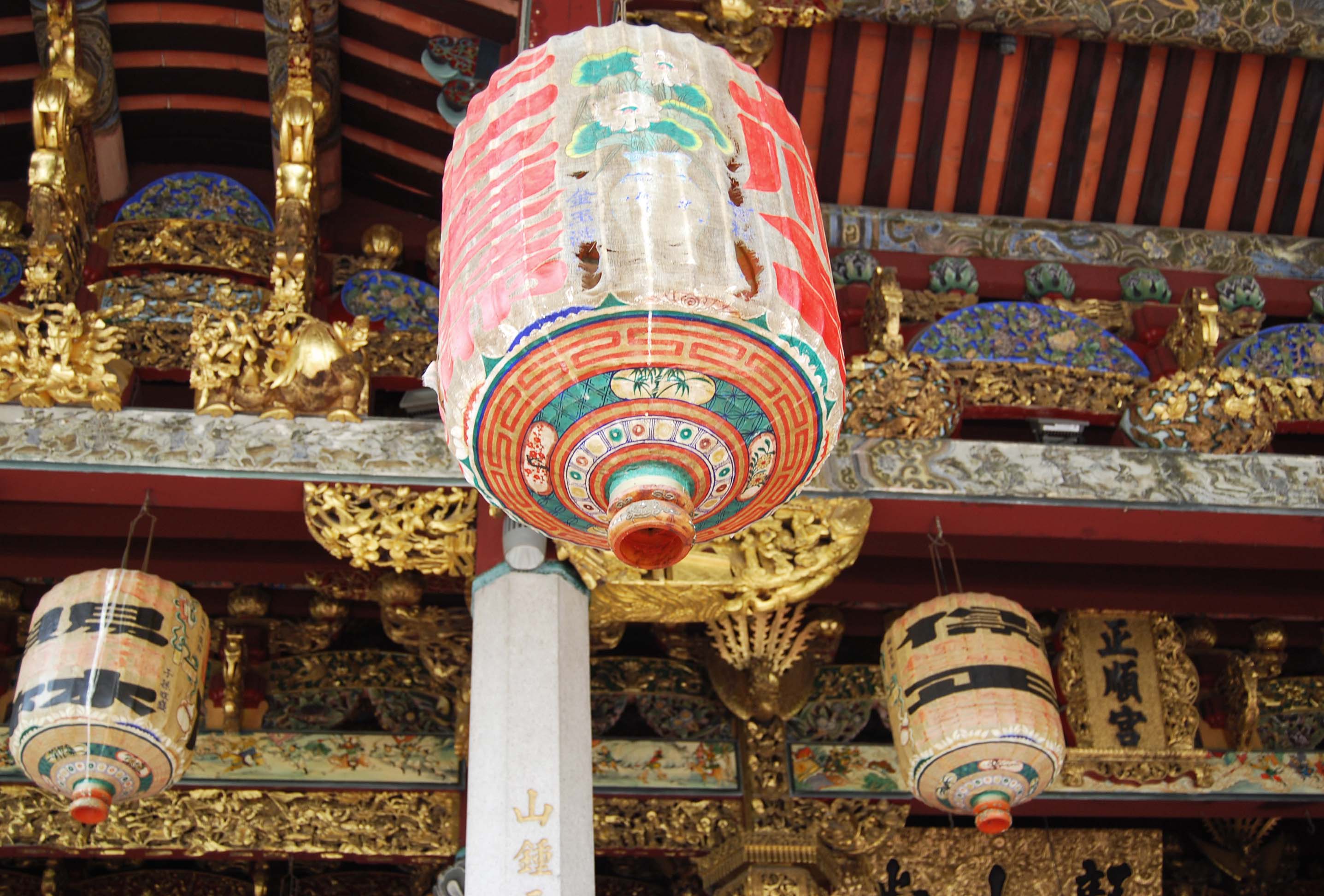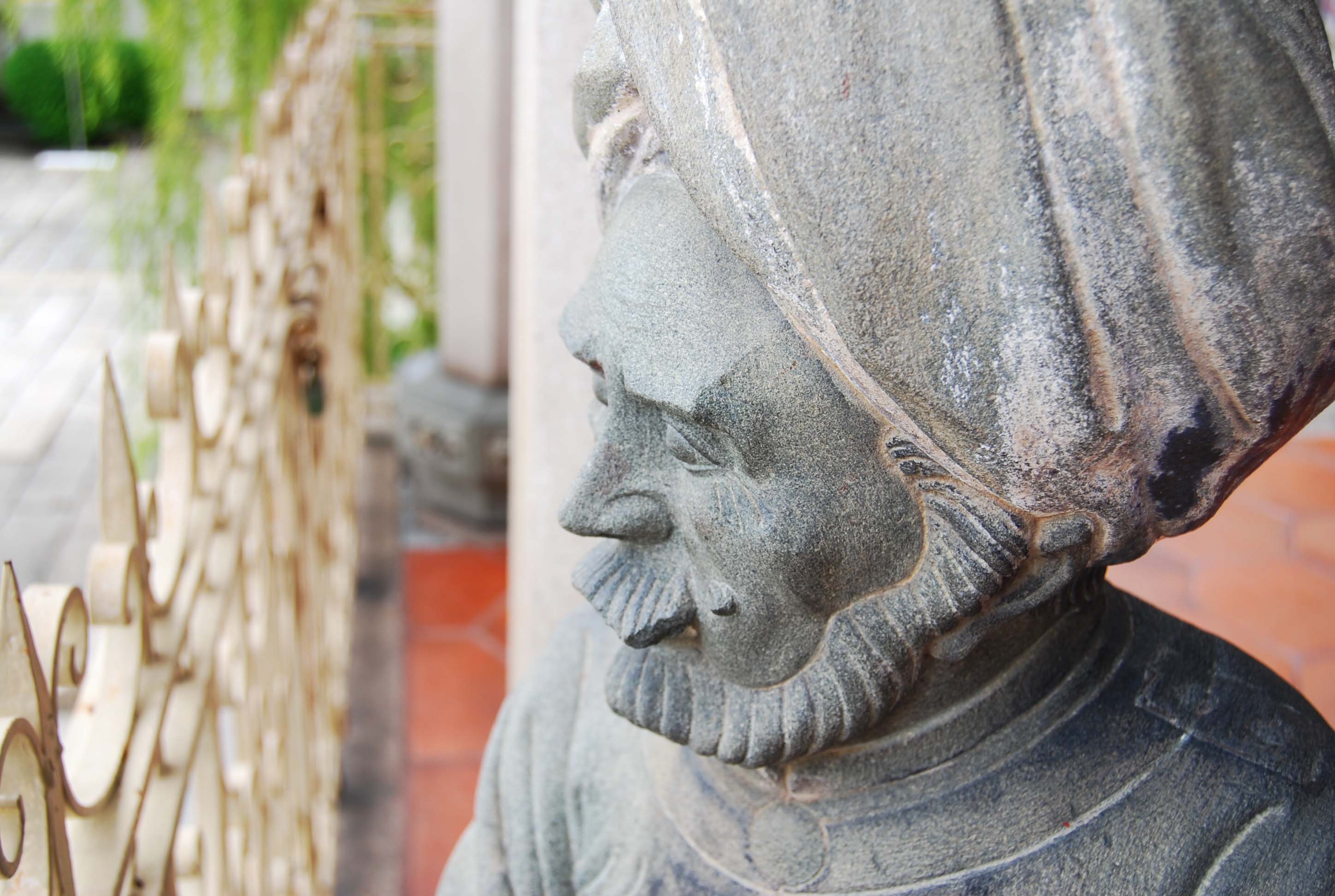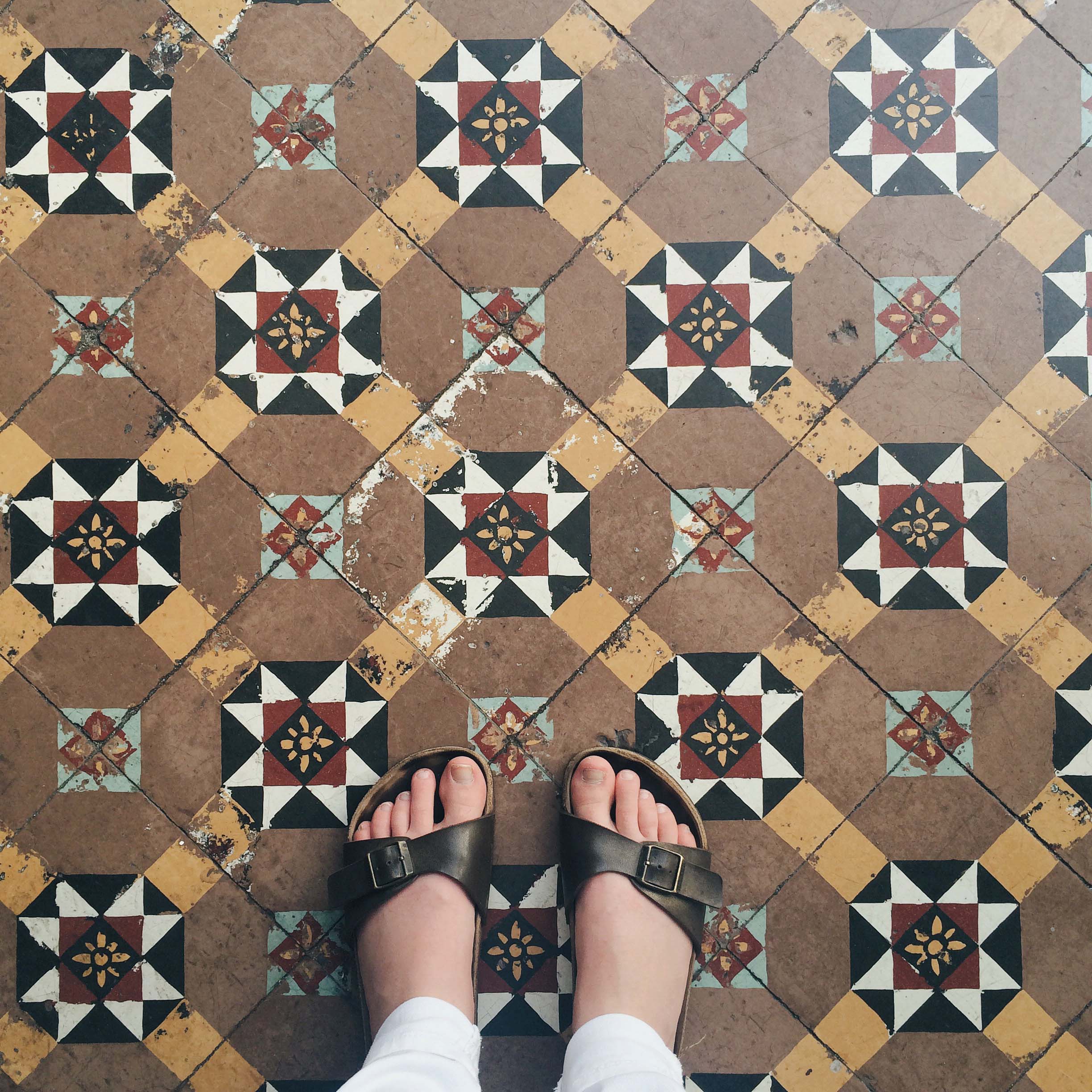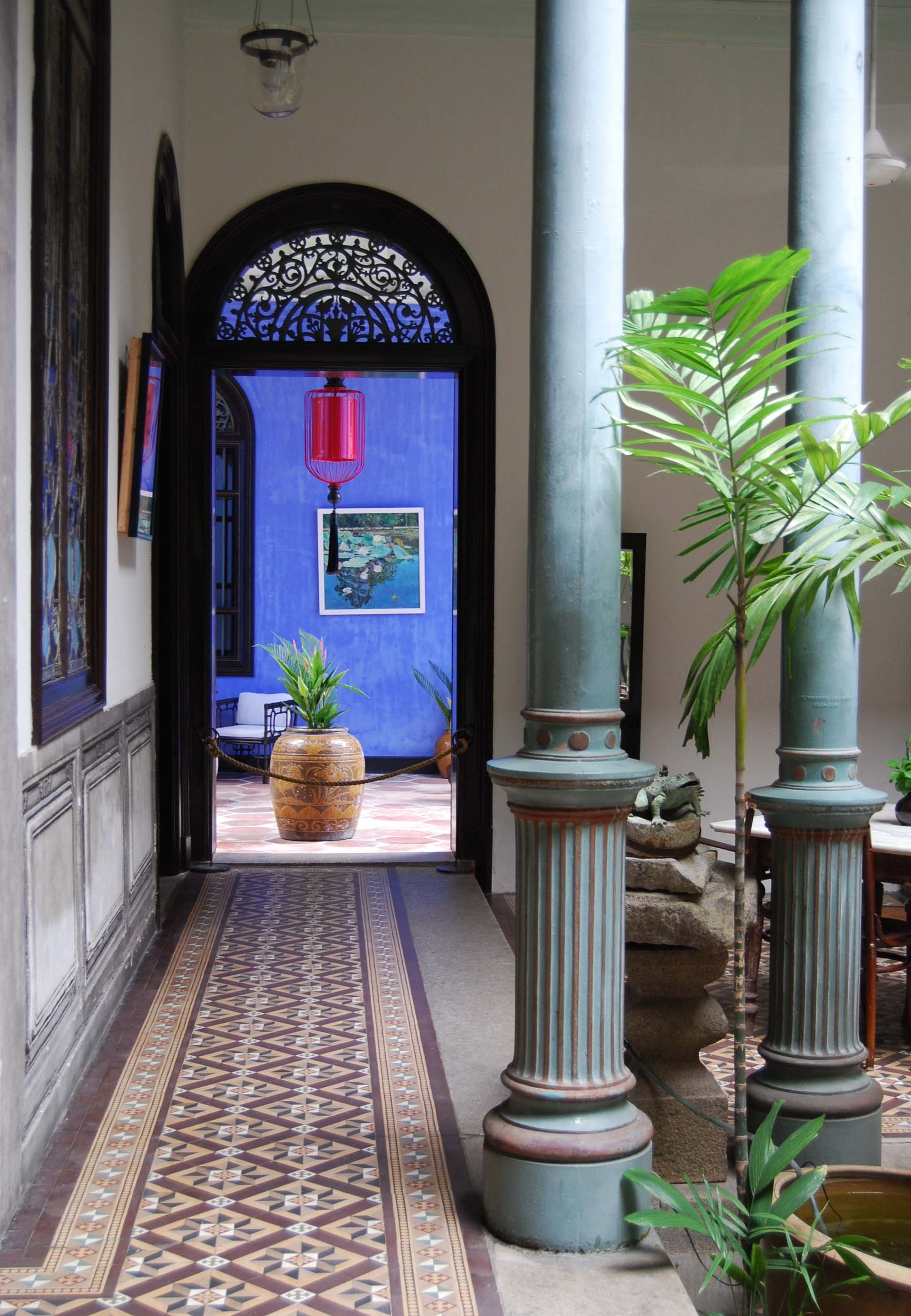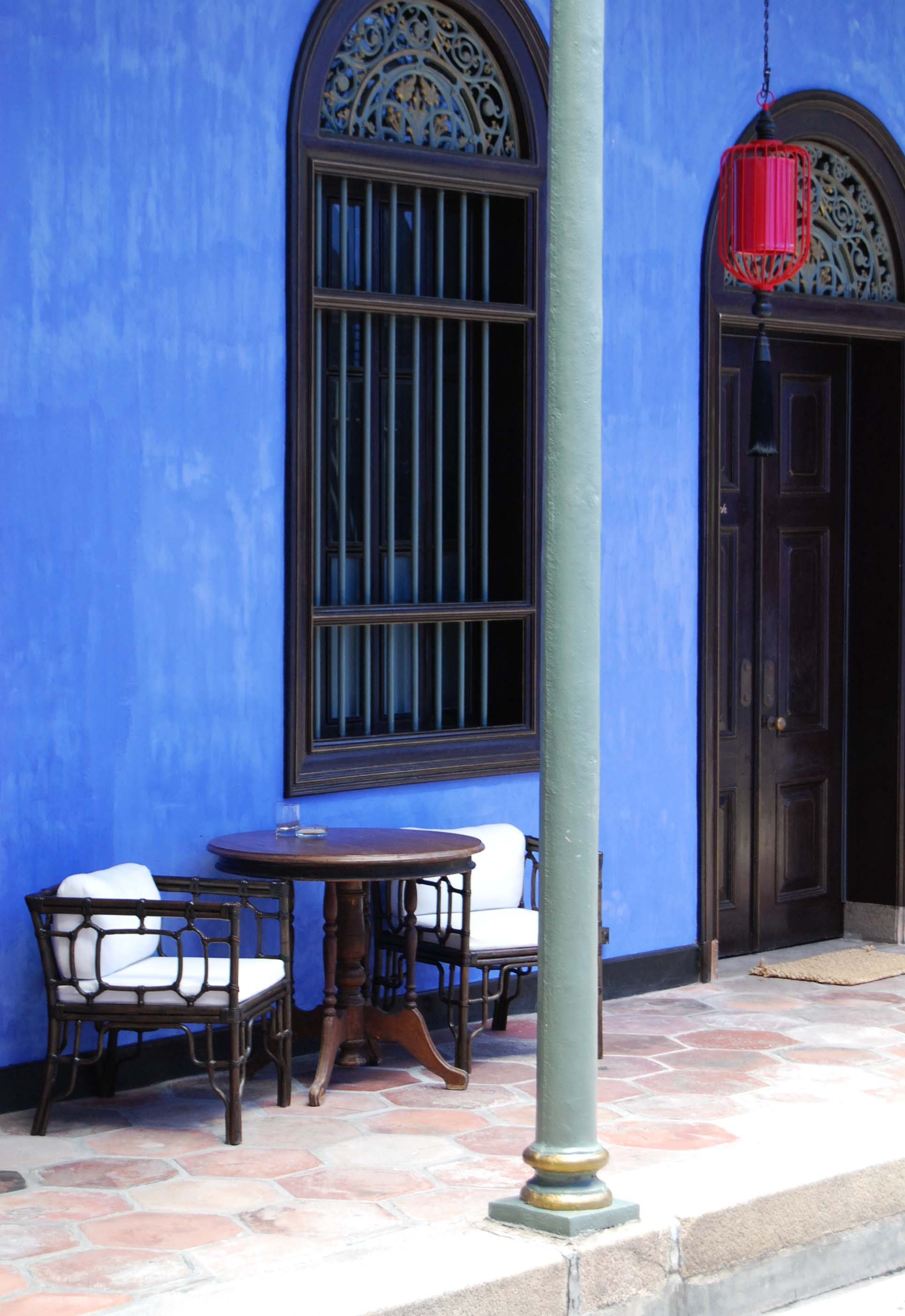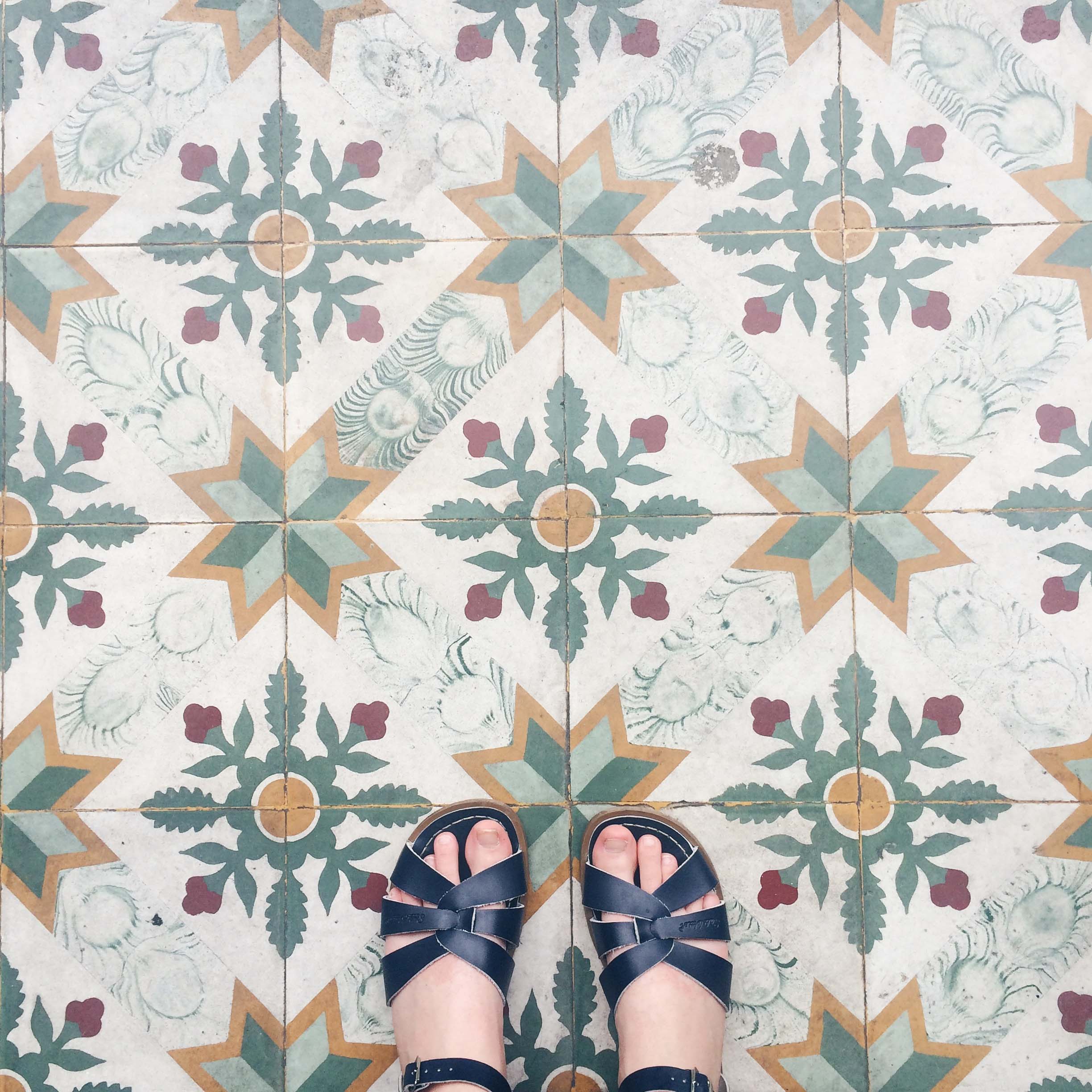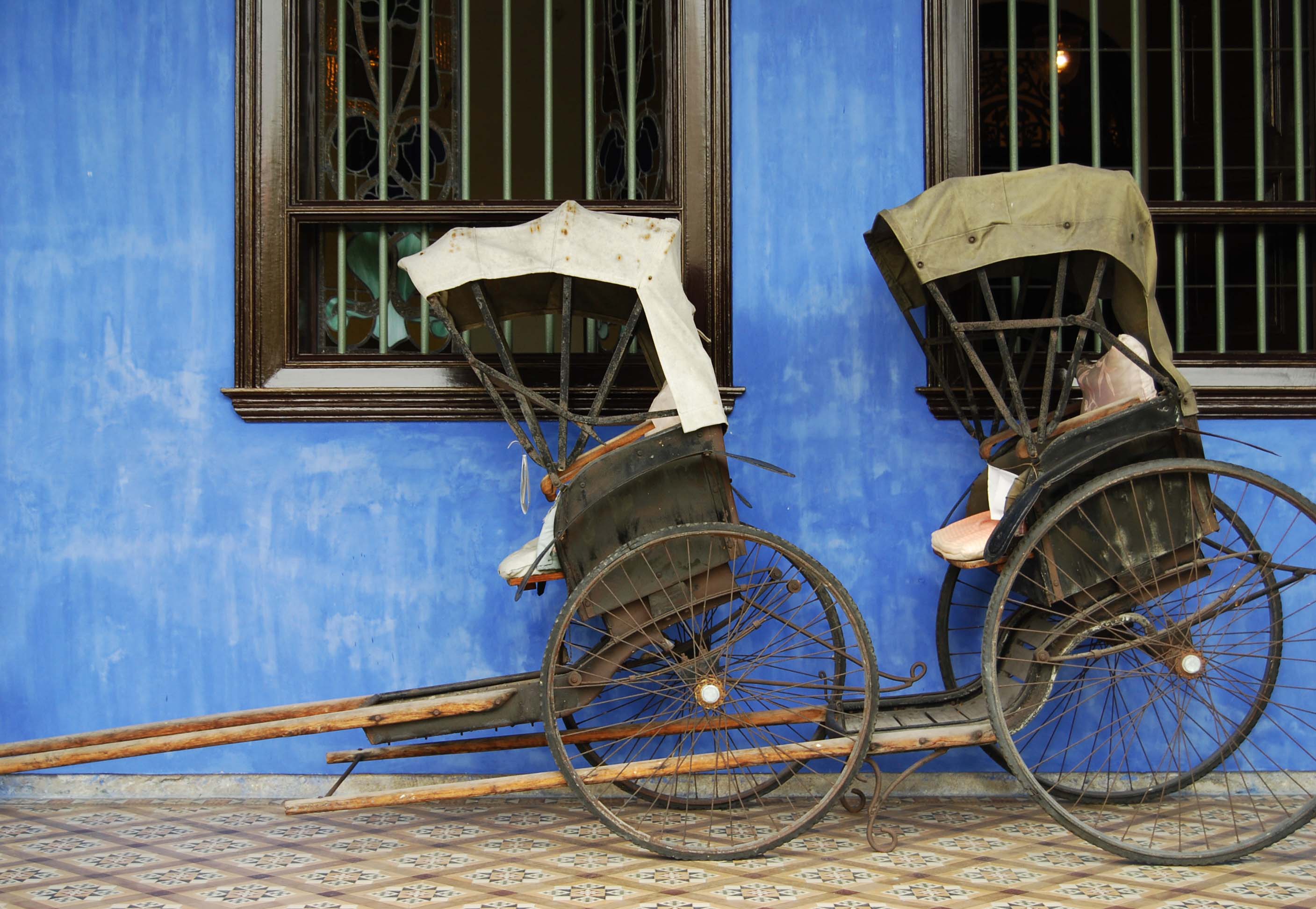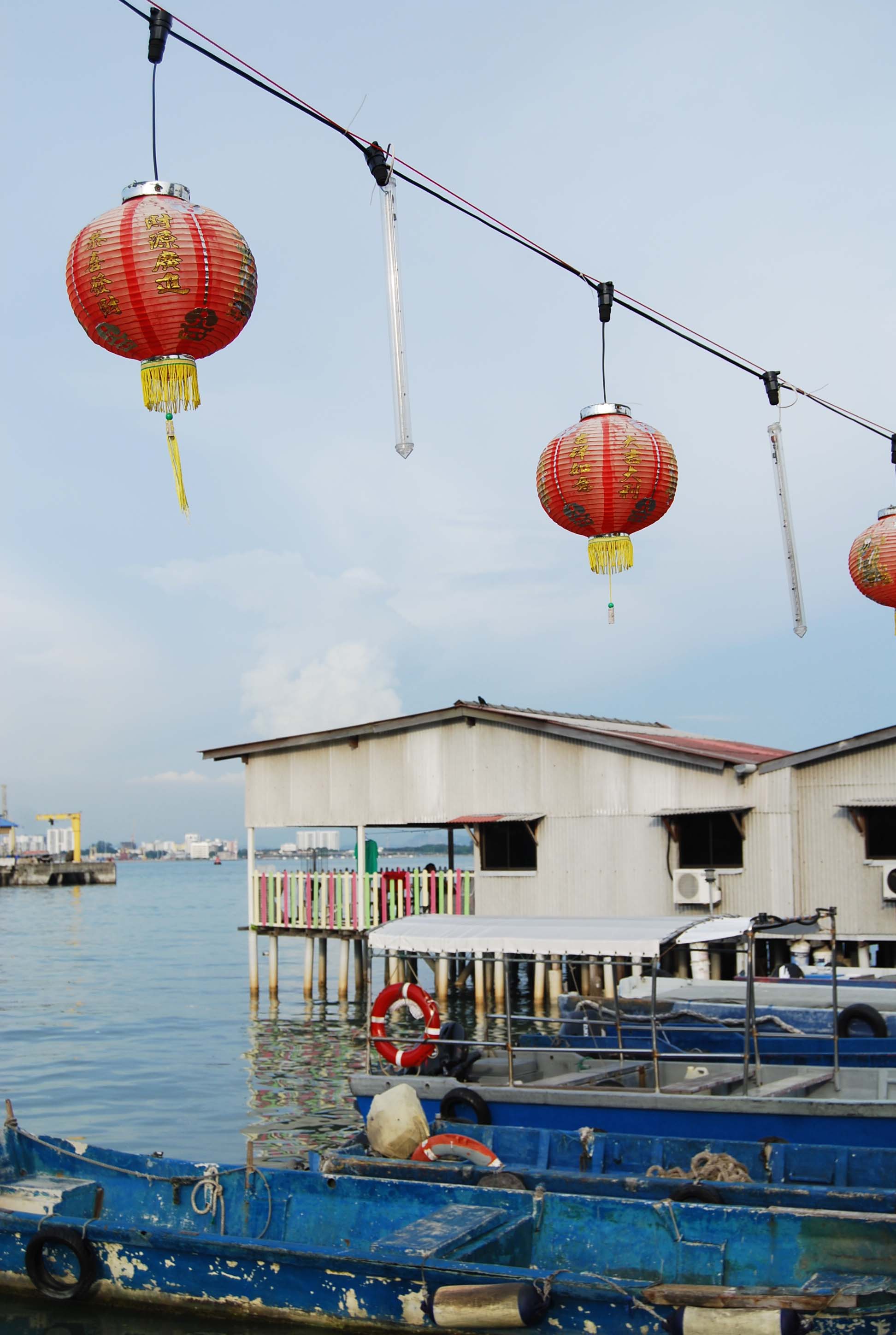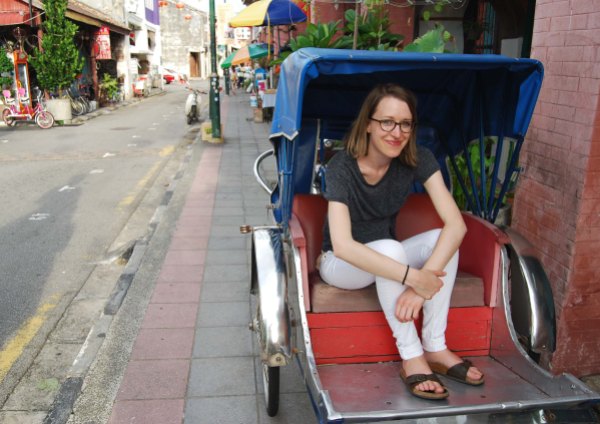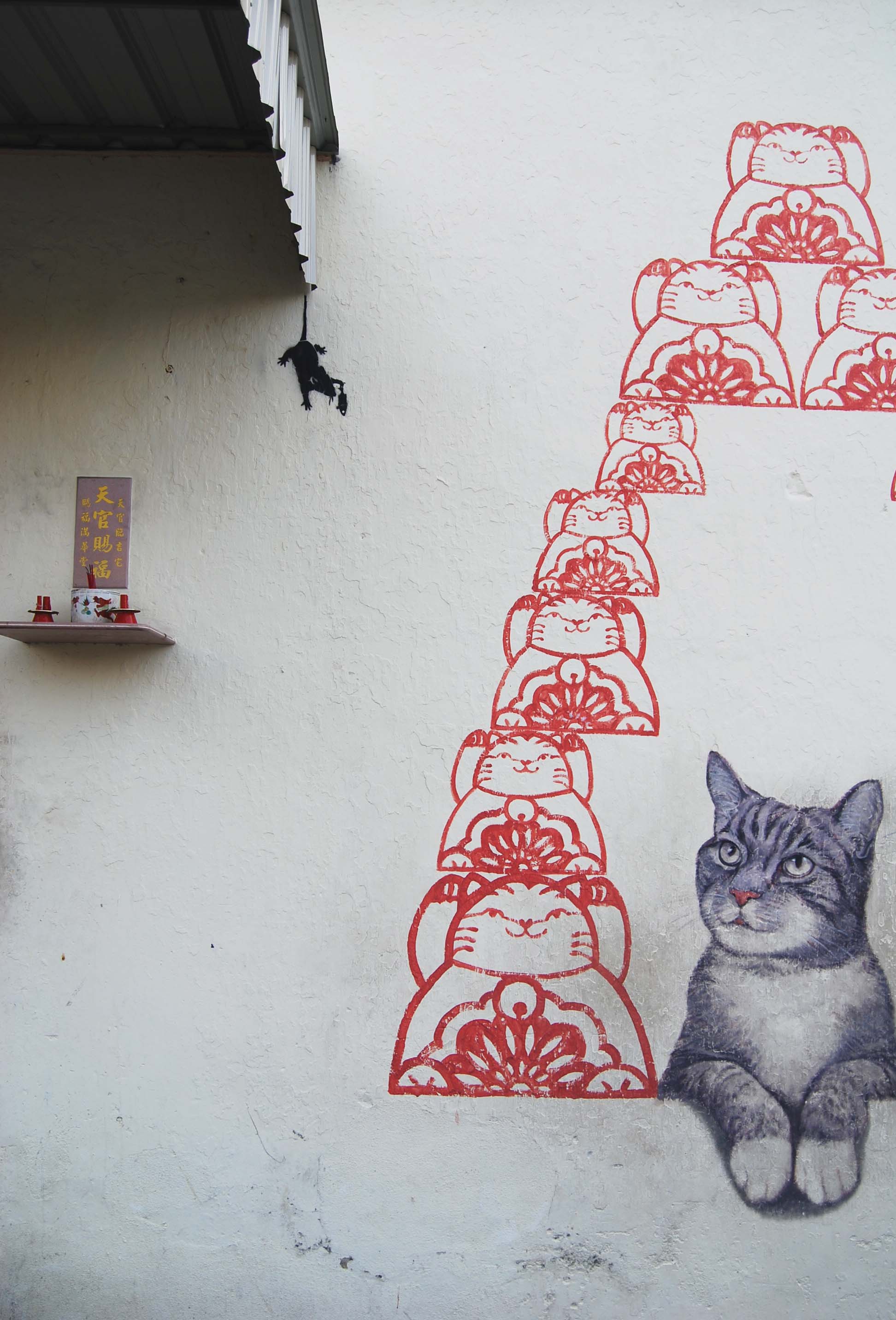This is my second post about my trip to Malaysia, this time focused on dreamy George Town in Penang – a charismatic array of architectural gems, from intricate Chinese shophouses and clan jetties perched on the waterfront to opulent colonial mansions and winding historic lanes. Named after King George III, George Town was founded in 1786 by Captain Francis Light, a trader for the British East India Company. In 2008, the heart of the town was declared a Unesco World Heritage Site, and for good reason, it was the most photogenic stops on our trip, as this LONG post attests to.
Around every corner there was a pretty shopfront, with instantly instagrammable tiling and doorways, or a flower festooned rickshaw slowly gliding by, or a piece of Banksy-esque street art just asking to be posed with. In fact, street art is wholeheartedly embraced in George Town, they even have festivals where murals are specifically commissioned, and part of the fun is walking around trying to spot all the unique pieces (and sometimes even queuing to get a snap with one…). My eyes were bouncing from one architectural detail to another, from decorative cornicing and carved doors, to the little red shrines outside each shop or home…
George Town was also the place where we sampled the best street food of the trip, such as wan tan mee, juicy wontons served atop noodles in a broth, and char kway teow, flat rice noodles fried with prawn and Chinese sausage, served with a spicy, mouth tingling sambal, all for less than a couple of pounds. My mouths watering just thinking about it.
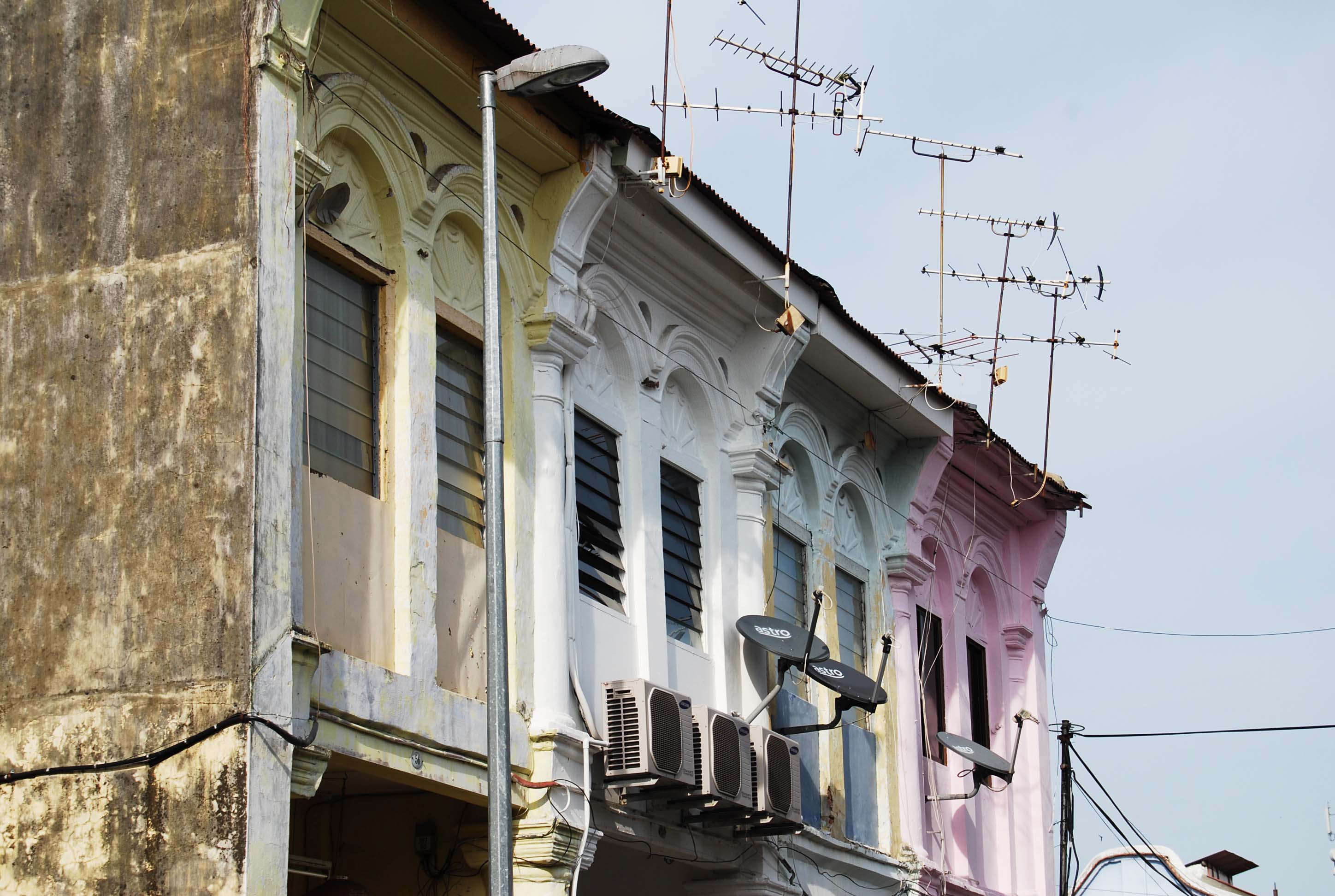

How to get around in George Town
Above, one of the most famous pieces of street art, by Lithuanian artist Ernest Zacharevic, who likes to combine physical objects such as this bicycle (and the basket ball net below) with murals.
We stayed at the lovely guesthouse Moon Tree 47, a very friendly and unique place, which was an urban jungle bloggers paradise. Breakfast and the best coffee of the trip was had in the gorgeous tropical courtyard below.
Street art almost blended in with the town’s surroundings, below.
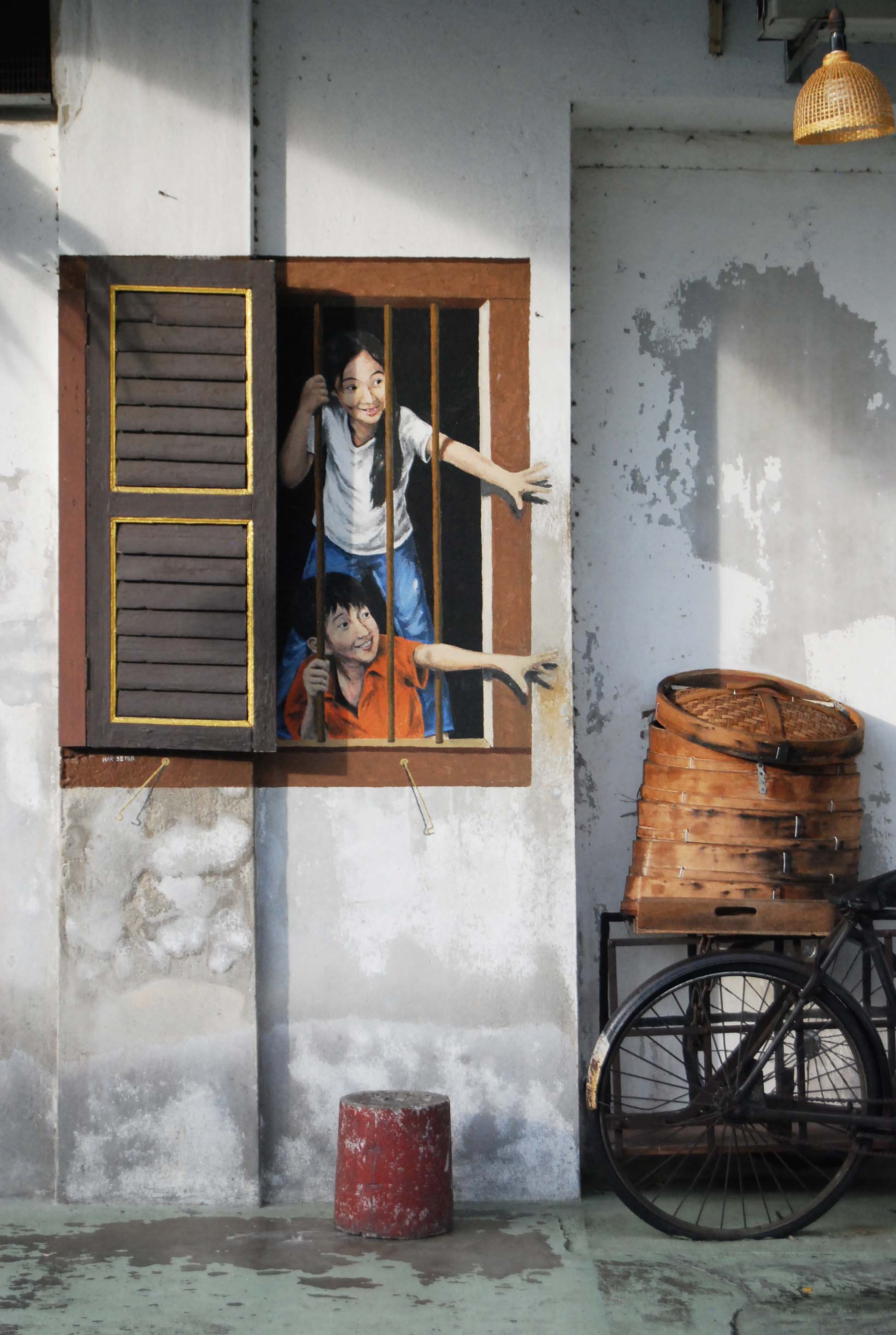

Above, in front of each house or shop is a small red shrine.
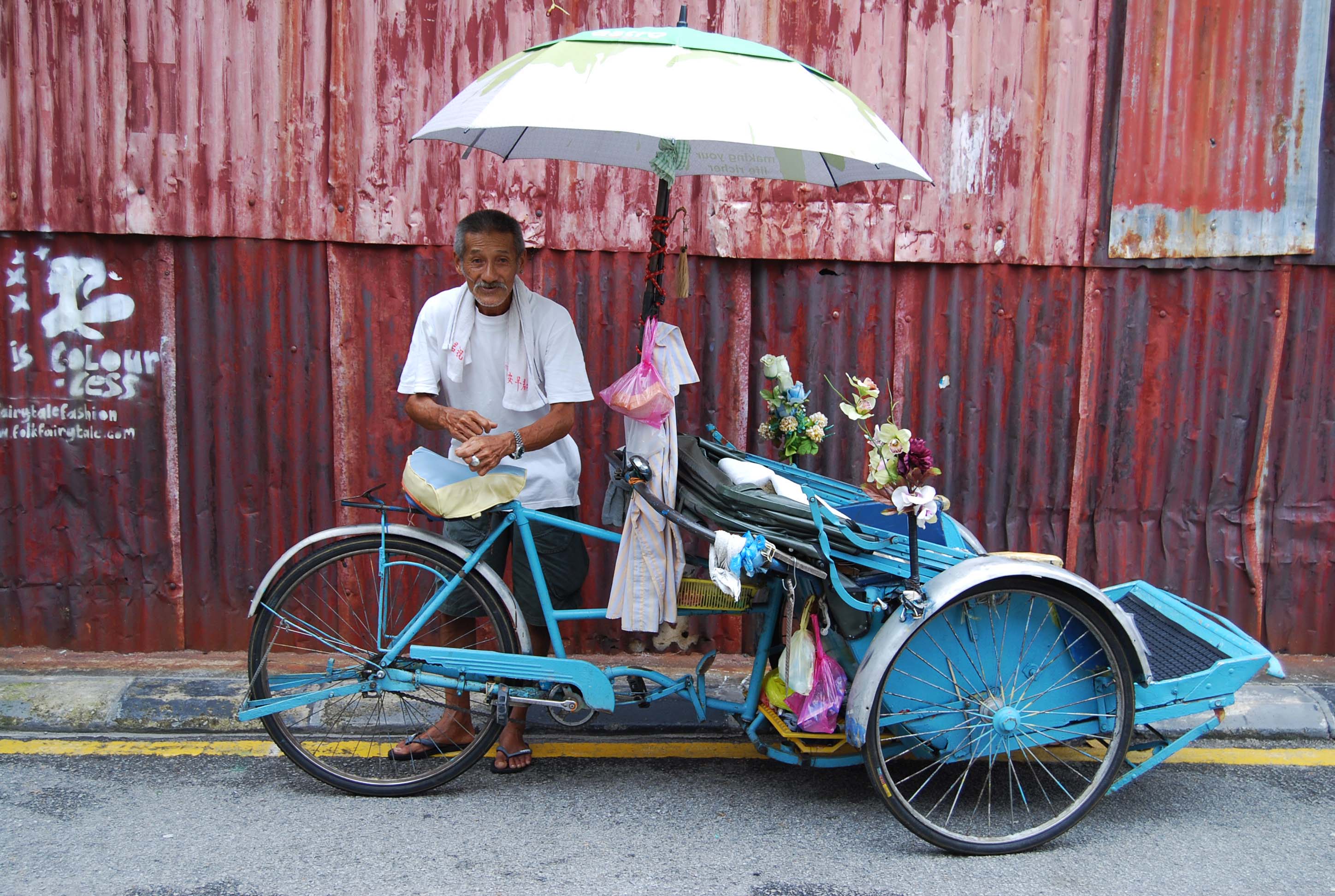
Above, one of my favourite snaps of the trip.
Above, inside Pinang Peranakan Mansion, a grand mansion that once belonged to Chung Keng Quee, a wealthy 19th century merchant. The home features carved doors and arches, finished with gold leaf and mother-of-pearl, while the outside is painted in a cool green.
Khoo Kongsi is one of the most ornate clan houses in George Town, belonging to the Khoo clan. I loved the colourful lanterns that hung from the golden ceiling.
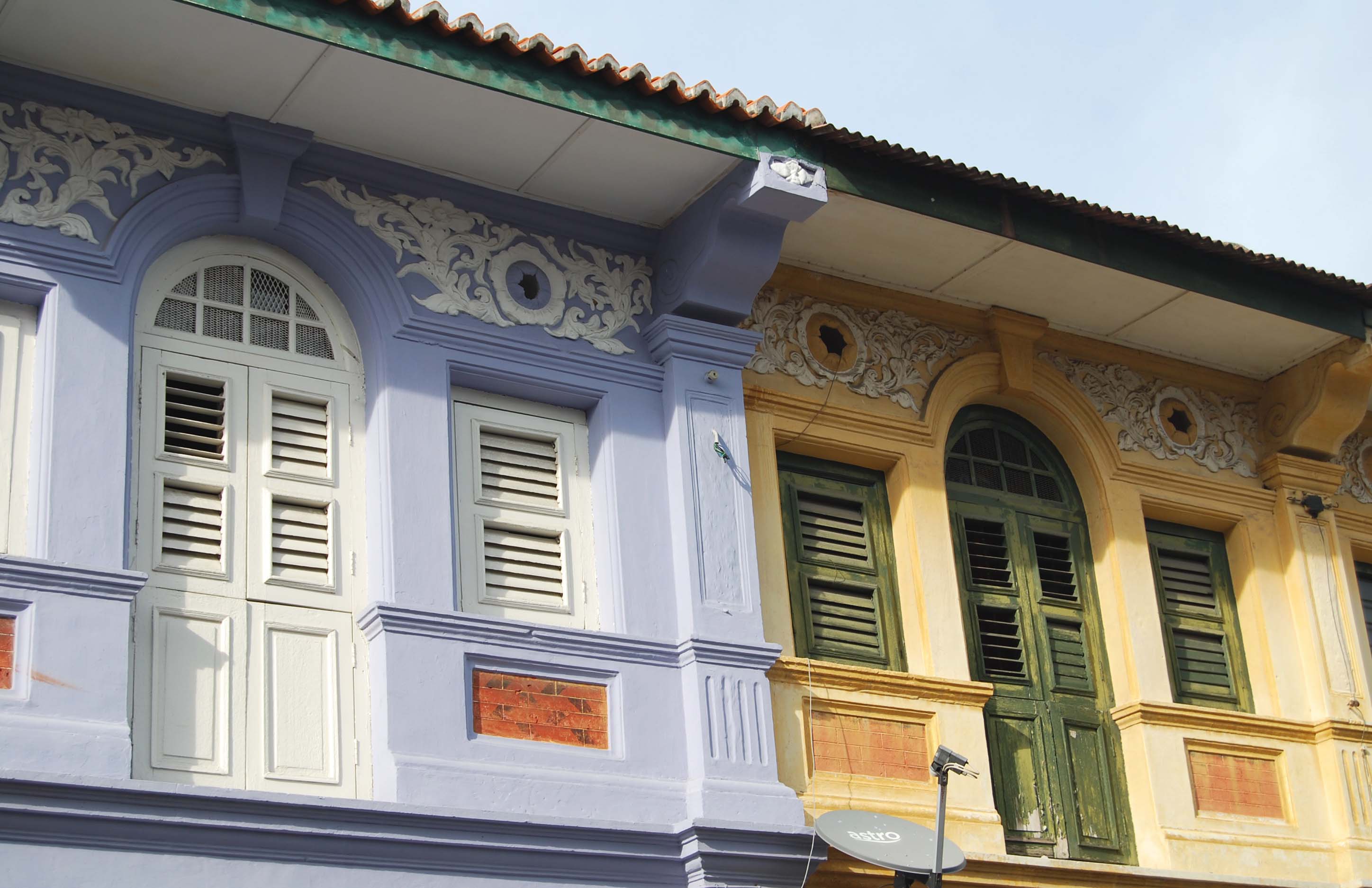


More interactive street art – jump!
Below, Cheong Fatt Tze Mansion, a grand 38-room mansion built in the 1880s, that’s now a boutique hotel. As the name suggests, it belonged to Cheong Fatt Tze, a merchant-trader and financier with a rags to riches story. The home was built according to Feng Shui and has special features to suit it to the hot and humid environment of Malaysia; water runs through a network of pipes that start on the roof and run down the walls of the central courtyard before being channelled away from the house via another network of pipes under the flooring. The bright blue colour of the exterior is the result of of mixing lime with natural blue dye made from the Indigo plant, it was accidental to begin with, but was later kept as a marketing tool.
The house was also the setting for 1993 Oscar-winning French film Indochine starring Catherine Deneuve.
The blue colour was stunning, while the old rickshaws were left over from the Indochine film.
Above, the waterfront is dotted with clan jetties and stilt houses, built by a community of Chinese immigrants in the 18th and early 19th century.
A beautiful, beautiful place. And don’t forget to head back next week for the final instalment of my Malaysia pics!


